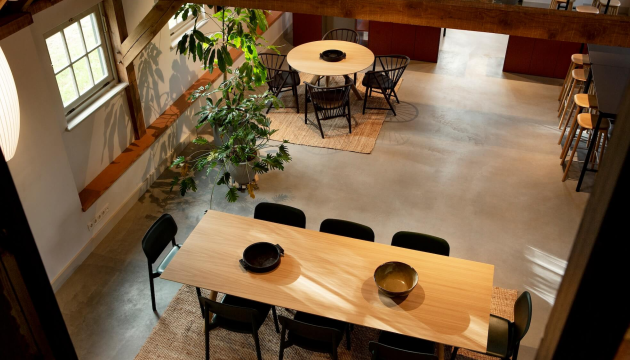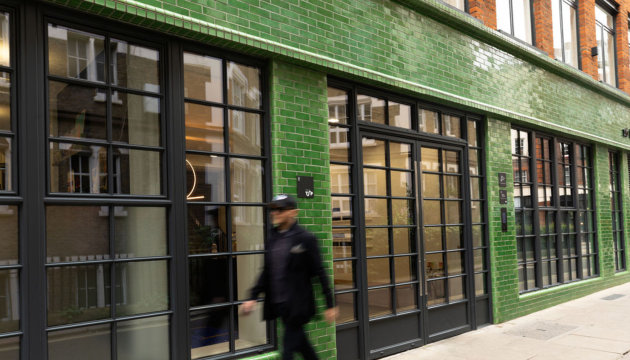But a building never exists in isolation. There is always a golden thread of stakeholders and a wider network of infrastructure which it should serve and complement. Rather than an afterthought, social value should be considered throughout development stages.
The UK Green Building Council (UKGBC) recently published their step-by-step guide for implementing social value – from a single built asset to a large multi-purpose development.
The guide’s flexibility means it can be used by a wide range of organisations, practitioners, and investors from across the built environment. Its principles support the development of corporate and portfolio scale social value approaches: delivering social value in the real world on live projects.
We’ve summarised the key takeaways for you.
—
—
What is social value?
Social value is created when buildings, places, and infrastructure support and enhance environmental, economic and social wellbeing. A project will have greater impact if social value is embedded from project inception.
Delivering social value to any built environment project can be divided into an 8-step process:
—
1. Agree social value purpose
Ensure your team is working towards a shared goal to give direction, focus, and business case to the project. Look to similar case studies for inspiration. Produce a purpose statement: concise, forward looking, aspirational.
2. Identify priority stakeholders
Establish the project “sphere of influence”: identify those impacted, positively and negatively (during planning, design, construction, and operation). Stakeholders most negatively impacted should be priority. Tailor your engagement approach.
3. Understand stakeholder needs
Conduct a local needs analysis to understand social value currently being delivered through built assets. Produce a list of priority needs. These may contribute to sustainability/ net zero strategies, or be health & wellbeing focused.
4. Agree social value outcomes
Collaborate with team and priority stakeholders to organise into environmental, economic, and social outcomes. More green space, enhanced air quality, community, connectivity, flexible workspace, supporting SMEs, reinstating cultural heritage, connecting people with urban nature through installing beehives. Get creative.
5. Create a social value delivery plan
Include an assigned owner and ‘mini’ delivery plan for each social value initiative to ensure accountability. Create a live document and edit based on feedback. Establish a review timeline: how often should initiative owners report progress?
6. Put in place social value measurement framework
Set SMART targets: Specific, Measurable, Achievable, Realistic, Timebound. Measure social value consistently through a structured, quantitative methodology. This facilitates clear and transparent reporting.
7. Execute your social value delivery plan
Arguably the most important step. Time to execute 1-6.
8. Ongoing measurement, monitoring and reporting
This is an iterative process. It shouldn’t be forgotten or considered an ‘add on’. It provides evidence of social value being delivered as planned – or alerts you to potential issues. It’s also a great way to capture and celebrate success.
Social value outcomes may not be realised until many years after a project is completed, so ensure long-term value is captured.
—
—
Properties with purpose
Taxonomy and guidelines around social impact lags behind sustainability considerations – but the equity commitment is growing.
In coming years, global sustainability reporting standards and frameworks will include more socially focused indicators. Plan ahead today: evolve and align assets to enhance wider societal value.
The result?
Investment with a difference, properties with a purpose.
—
—
To learn more: download the full UKGBC report and delivery checklists here.





